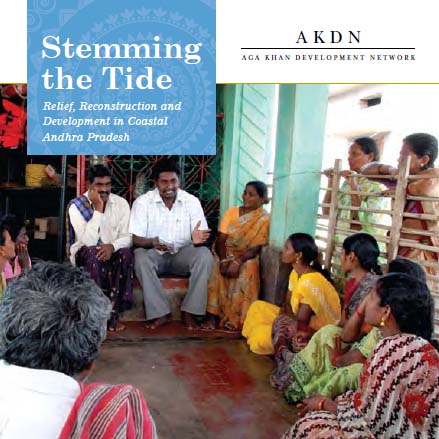/topics/ecology-and-environment
Ecology and Environment
Plants used as agricultural seasons indicator by Mao Naga tribe - Manipur (India) - Indian Journal of Traditional Knowledge
Posted on 21 Aug, 2011 07:38 PMAgriculture is the main occupation of the tribe and they have a unique way of knowing plantation season for different crops by observing the flowering of some plants. The indicator plants are peach, wild cherry, camel foot and dancing girl.
Indigenous knowledge of soil fertility management in the humid tropics of Arunachal Pradesh - Indian Journal of Traditional Knowledge
Posted on 21 Aug, 2011 05:28 PMThis paper published in the Indian Journal of Traditional Knowledge highlights the findings of a study that correlates the indigenous knowledge and scientific knowledge in assessing the nutrient availability status of agricultural soil as practised by the Nyishi tribes who use visual properties such as colour, texture and topographic positioning of land/terrain.
Fishing crafts and gear in river Krishna - Indian Journal of Traditional Knowledge
Posted on 21 Aug, 2011 10:40 AMThis paper published in the Indian Journal of Traditional Knowledge makes an attempt to record the fisheries related indigenous technological knowledge in terms of fishing crafts and gears used in river Krishna.
Malaria control manual - Guidance for malaria control projects in humanitarian situations - Published by OXFAM
Posted on 20 Aug, 2011 10:32 PMThis manual on the Eldis site published by OXFAM provides guidance to public health promoters, water and sanitation engineers, project co-ordinators
Draft of Land Acquisition and Resettlement & Rehabilitation Bill, 2011 in public domain - Comments invited by Ministry of Rural Development till 31st August, 2011
Posted on 15 Aug, 2011 05:35 PMGuest post by: Amita Bhaduri
The drafting of a new legislation on these issues was taken up by a Group of Ministers in May 2007 and this is the second draft bill presented by the UPA Government.
Fine-scale responses of phytoplankton to freshwater influx in a tropical monsoonal estuary following the onset of southwest monsoon – A paper in Journal of Earth System Science
Posted on 09 Aug, 2011 09:53 PMThis paper in the Journal of Earth System Science deals with a study by National Institute of Oceanography (NIO), Goa to investigate the influence of monsoonal rainfall on hydrographic conditions in the Mandovi River of India. The study was undertaken at a location approximately 2 km upstream of the mouth of the estuary.
Paleochannel and paleohydrology of Middle Siwalik (Pliocene) fluvial system in Northern India – A paper in Journal of Earth System Science
Posted on 09 Aug, 2011 11:41 AMThis paper in Journal of Earth System Science deals with paleochannel and paleohydrology of the Middle Siwalik (Pliocene) fluvial system in Northern India. In recent years, fluvial sedimentologists have carried out numerous studies to estimate quantitative hydrodynamics of ancient fluvial systems, particularly, their morphology and hydrology. The methods for reconstructing the morphology and hydrology employ either several groups of empirical relationships derived from modern fluvial environments or dynamic models of fluvial flow and sediment transports in alluvial reaches.
Rainfed agriculture - Meeting the challenges of food security in India – A paper in Current Science
Posted on 08 Aug, 2011 06:40 PMThe paper notes that there are large opportunities for gains from adaptation and new investments in water management for meeting the targets under the proposed National Food Security Act.
Stemming the tide - Relief, reconstruction and development in coastal Andhra Pradesh – A report by Aga Khan Development Network
Posted on 05 Aug, 2011 02:35 PM Its aim aim was to improve the capacity of target communities to better manage in times of disaster. To set in motion a process that would sustain a short-term project, the Aga Khan Development Network drew on guiding principles developed from its experiences of projects in disaster reconstruction and more comprehensive development programs: high-quality community-based interventions, working on multiple fronts, and fostering linkages with strong institutional partners.
Its aim aim was to improve the capacity of target communities to better manage in times of disaster. To set in motion a process that would sustain a short-term project, the Aga Khan Development Network drew on guiding principles developed from its experiences of projects in disaster reconstruction and more comprehensive development programs: high-quality community-based interventions, working on multiple fronts, and fostering linkages with strong institutional partners.
At the core of the project’s disaster management and mitigation strategy was the creation of empowered and highly motivated community-based organizations; their participation was critical in shaping and implementing initiatives that would best serve the needs of the vulnerable, particularly women and children.





